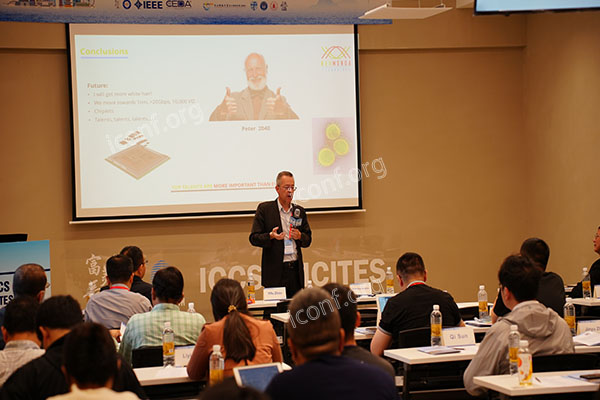In the era of digital connectivity and advanced communication systems, the field of Communication Engineering is at the forefront of innovation. Whether your focus lies in wireless networks, signal processing, optical communications, or emerging digital technologies, responding to a Call for Papers (CFP) in Communication Engineering offers a strategic opportunity to showcase your research and build a global network of experts.

Global Academic Exposure
International Visibility: Present your work to an engaged, worldwide audience including prominent researchers, industry leaders, and policymakers.
Academic Prestige: Enhance your professional profile and increase citation metrics by contributing your pioneering research to top-tier conferences.
Innovation and Industry Impact
Cutting-Edge Research: Share breakthroughs in network protocols, digital signal processing, and next-generation communication systems.
Real-World Applications: Demonstrate how your findings can improve system performance, optimize data transmission, and drive advancements in smart communication networks.
Collaborative Opportunities
Networking: Build interdisciplinary collaborations through interactive sessions, panel discussions, and Q&A events.
Peer Feedback: Receive valuable insights from expert reviewers and peers to refine your methodologies and enhance the quality of your work.
1. Understand the CFP Guidelines
Detailed Review: Carefully study the CFP document to ensure your research aligns with the specific themes and objectives outlined by the conference. Topics might include wireless communication systems, error correction protocols, or advanced modulation techniques.
Compliance: Follow all instructions meticulously—this includes formatting, citation standards, and submission deadlines—to avoid any technical rejections.
2. Develop a Compelling Abstract
Concise and Clear: Craft an abstract that succinctly presents your research question, methodology, key findings, and its broader impact.
SEO-Friendly: Seamlessly integrate targeted keywords such as “communication engineering research” and “digital innovation” to boost discoverability.
3. Structure Your Manuscript Effectively
Adopt a Standard Format: Use the IMRaD structure—Introduction, Methods, Results, and Discussion—to provide a logical flow and clear narrative.
Enhance with Visuals: Support your content with high-quality figures, diagrams, and tables that illustrate complex ideas and data in a digestible format.
4. Emphasize Originality and Practical Impact
Innovative Contributions: Clearly highlight how your research sets new benchmarks in communication technology.
Real-World Relevance: Discuss potential applications of your findings in creating more robust, efficient, and secure communication networks.
5. Ensure a Professional Presentation
Rigorous Proofreading: Engage professional editing services to ensure clarity, coherence, and error-free content—especially if English is not your first language.
Adherence to Details: Ensure your submission adheres to all CFP guidelines to maximize your likelihood of acceptance.
To further empower your submission in the field of Communication Engineering, consider leveraging the powerful resources available on iconf.org:
Curated CFP Listings: Quickly access a comprehensive database of international Communication Engineering CFPs, allowing you to identify the most promising opportunities.
Expert Submission Guidelines: Benefit from detailed advice and best practices tailored specifically to communication engineering research.
Global Networking: Connect with an active community of academics, industry professionals, and innovation leaders, paving the way for future collaborations and joint projects.
Integrated Research Resources: Explore high-quality academic papers, journals, and datasets that can support your research and enhance your conference presentations.
Responding to a Communication Engineering Call for Papers is a pivotal step in advancing your academic career and driving forward the future of digital communications. By adhering to submission best practices, crafting a compelling abstract, and leveraging comprehensive support from platforms like iconf.org, you can significantly amplify your research impact and join a global network of experts.
Embark on your next academic challenge—prepare your CFP submission today and let your work shape the next generation of communication technologies. Visit iconf.org now to explore additional resources and unlock new opportunities for collaboration and excellence in Communication Engineering.